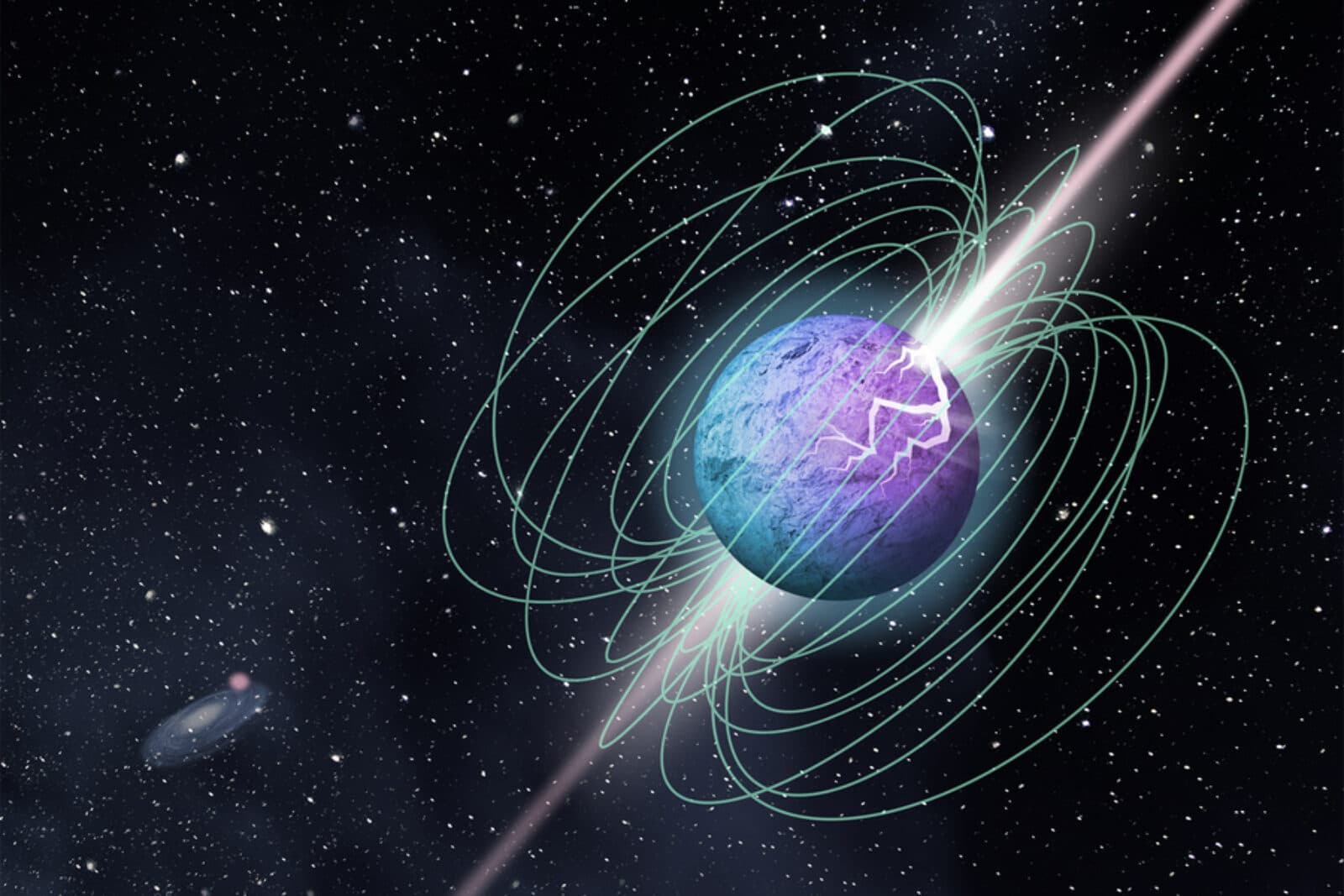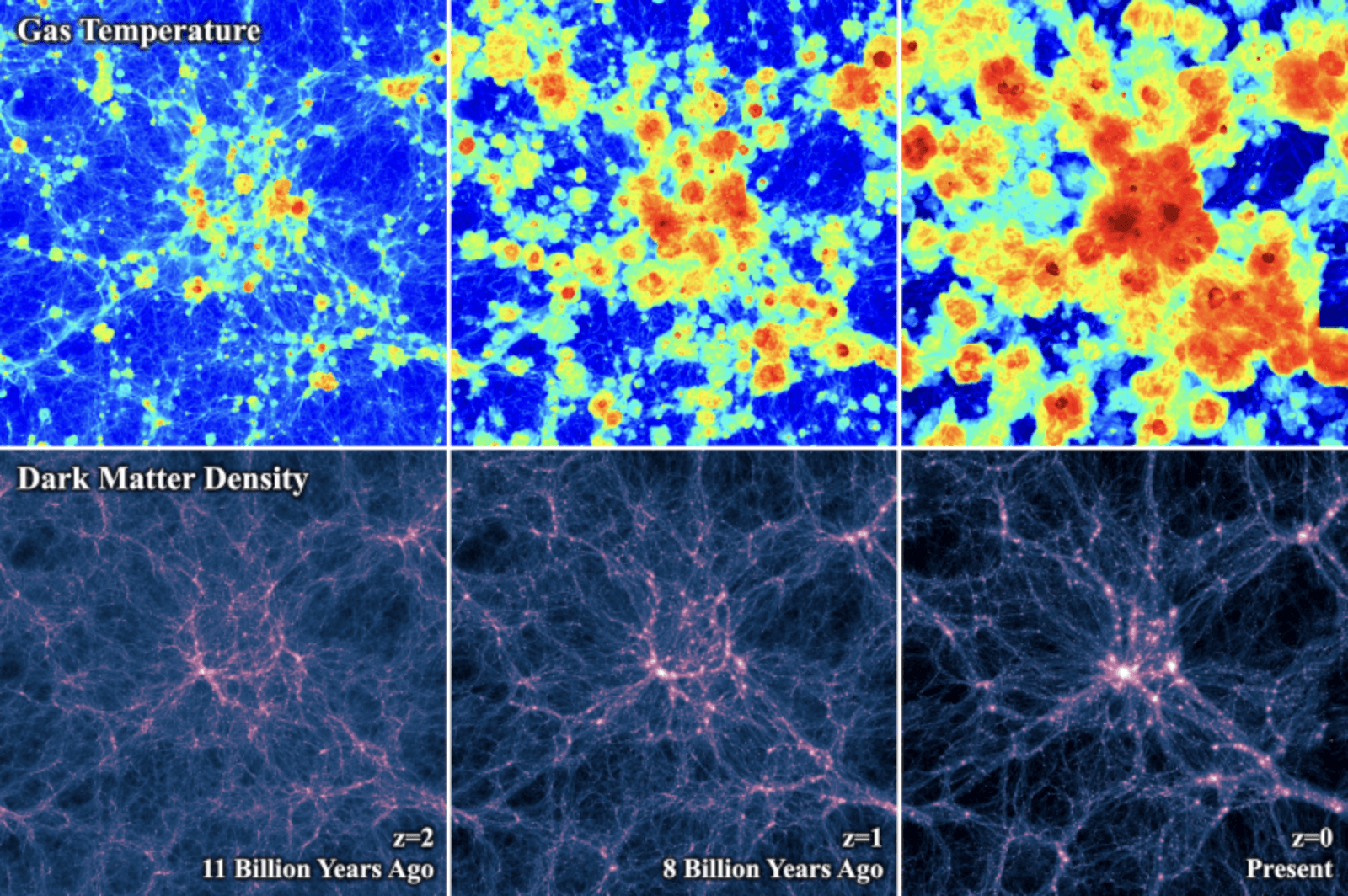All Together Now
by Adam Hadhazy
International astrophysical collaboration staying strong amidst a global pandemic

The Author
Although the COVID-19 pandemic has severely curtailed intra- and international travel, the flow of scientists' ideas and contributions has continued around the world with little abatement. To wit: the multi-national author and institution lists in studies—a hallmark of modern science—has not gone away, even in the era of social distancing. It still remains common to see astrophysics papers with authors hailing from a baker's dozen of universities and research organizations—including the six Kavli astrophysics institutes—scattered across three, four, or even five continents. Though of course astrophysics is competitive, the field is characterized more by its collaboration.
To address questions that could not be comprehensively answered if researchers all stayed in their sometimes-narrow lanes of expertise, researchers instead pool their knowledge, each attacking aspects of complicated natural phenomena. Fast radio bursts, or FRBs, are a compelling example of how this spirit of international collaboration is chipping away at unraveling what was once a profound mystery. First discovered in 2007 by a professor and an undergraduate student in West Virginia reviewing data collected by an Australian telescope, FRBs are stunningly powerful and short-lived blasts of radio waves. Everything from exploding stars to intelligent alien civilizations has been plausibly trotted out as potential sources for FRBs. Nowadays, using observatories prominently in Canada, China, and in space led by the United States, researchers worldwide have come close to cracking the case.
In recent years, relieved scientists have successfully documented repeating FRBs, versus the seemingly all one-off, and thus difficult-to-study events recorded early on. Increasingly, scientists are tracking the bursts' origins back to extreme objects called magnetars, strongly implicating these powerfully magnetized leftovers of colossal stars. It's a heady sign of progress on a particular astrophysical question, but also a heady sign of humanity carrying on, sharing across borders and keeping a sense of fellowship, even as a deadly virus stresses the ties that bind.
Taking the universe's temperature
A research team including members of the Kavli Institute for the Physics and Mathematics of the Universe (Kavli IPMU) at the University of Tokyo has measured the temperature of the universe back through cosmic time. According to the observations and calculations, the average temperature of large gas structures in the universe has warmed up over the past eight billion years from about 700,000 Kelvin to 2,000,000 Kelvin today. For this temp-taking, the researchers relied on the so-called Sunyaev-Zeldovich effect. This hypothesized effect occurs when energetic electron particles in hot gas collide with and transfer energy to typically low-energy light particles leftover from the Big Bang, rendering the former detectable to our instruments. The findings have ably demonstrated a new way of probing large-scale cosmic development.

New physics hinted at in the universe's oldest light
In another finding from Kavli IPMU researchers likewise involving the Big Bang's leftover light, fresh hintshave emerged of new physics pertaining to dark matter and dark energy. While ample evidence supports the existence of these two mysterious entities, nothing is known definitively about either. Together, dark matter and dark energy are reckoned to comprise 95% of the universe, with the "normal" matter we perpetually deal with making up the wee remaining 5%. For a recent study, researchers extracted data from Planck spacecraft observations of the universe's oldest light (known as the cosmic microwave background). That data revealed a shift in the oscillation angle, or polarization, of the light. Notably, the shift is consistent with dark matter and dark energy violating parity, a principle in physics where a force works exactly the same in an original system as in a system where all spatial coordinates are flipped. This apparent violation of parity would help in better understanding just what dark matter and dark energy are. The researchers now seek to place their compelling findings on a firmer statistical footing.
Red clumps, not giants, are the usual, lithium-rich outlier stars
A researcher from the Kavli Institute for Astronomy and Astrophysics (KIAA) at Peking University is part of a team that has uncovered new information about strange, lithium-rich stars. Despite being the third-lightest element, lithium is relatively rare in the universe because it gets turned into other, heavier elements by stellar nuclear fusion. However, about one percent of low-mass evolved stars (meaning stars like our Sun but aged several billion more years) have tremendously, anomalously high levels of lithium. The new study shows that most of these lithium-rich stars are so-called red clump stars and not, in fact, red giant stars, as had long been assumed. Both red clumps and red giants are phases that average stars pass through as they grow old. The observational assigning of most lithium-rich stars to the clump category complicates what was a decently worked-out scenario for forming such stars, and essentially sends astrophysicists back to the drawing board.
Ultra-powerful radio blast from a stellar remnant right here in the Milky Way
Major progress continues into solving the mystery of fast radio bursts (FRBs). First detected as recently as 2007, these bursts are only fractions of a second long but astoundingly pack in as much power as 100 million Suns. Now researchers from the Massachusetts Institute of Technology’s Kavli Institute for Astrophysics and Space Research and other institutions have tracked an FRB's origin to right here in our own galaxy. Specifically, the origin of the FRB is an object known as a magnetar—a supremely magnetized kind of neutron star, which itself a is dense remnant left over from an exploded, massive star. The magnetar had long been on the books and considered unremarkable, but a set of x-ray emissions detected from it last April suggested that something was afoot. Indeed, soon after, the Canadian Hydrogen Intensity Mapping Experiment (CHIME) Collaboration's radio telescope picked up FRBs from the object. Identifying an active FRB-producing source in our own cosmic background will greatly help in unraveling the processes behind FRBs.
Magnetars can pair up with massive stars to form gamma ray-spewing cosmic machines
Besides their increasingly implicated role in FRBs, magnetars have also newly been revealed as possible partner objects in so-called gamma-ray binary systems. Only 10 of these systems are known, with the first having one been found in 2004. They consist of a massive star plus a compact object, namely a neutron star or black orbit, in mutual orbit. As the massive stars and their companion objects interact, the binary systems give off gamma rays, hence their name. Scientists at Kavli IPMU have now identified a magnetar as one of the companions in such a system, dubbed LS 5039. True to magnetars' extreme form, LS 5039 is the brightest gamma-ray binary system in the Milky Way galaxy. The researchers proposed a mechanism for how particles streaming off the massive star are accelerated by the magnetar's magnetic field to intense speeds and emit correspondingly intense gamma rays.